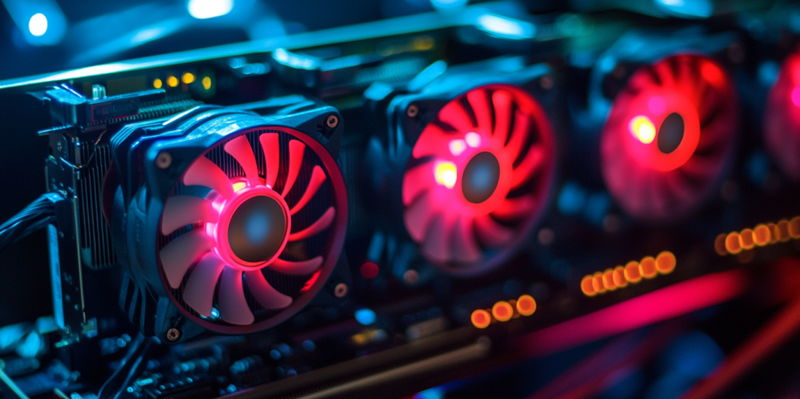In the realm of data science, the quest for efficiency often drives professionals to seek out innovative ways to accelerate the runtime of Python code, especially when handling extensive datasets or intricate machine learning models. Rather than solely focusing on algorithm-based optimizations like dimensionality reduction, model fine-tuning, and feature selection, there exist practical, user-friendly methodologies that deliver significant performance improvements. One particularly compelling technique is GPU optimization.
GPUs, or Graphics Processing Units, are designed to handle parallel processing tasks, making them ideal for data-heavy operations. By leveraging GPUs, data scientists can achieve substantial reductions in the time required for computationally intensive tasks. For instance, when working with a complex dataset such as the Online Retail dataset from the UCI Machine Learning Repository, which is used to predict customer repurchases, incorporating GPU optimization can make a notable difference. GPU optimization allows the Python code to run more efficiently, decreasing the processing time from hours to mere minutes in some cases.
The benefits of GPU optimization extend beyond just the speed enhancement. It offers a practical solution for data scientists who prefer to continue using Python without needing to switch to other programming languages that may be inherently faster but less convenient. By implementing GPU optimization, not only is Python’s efficiency boosted, but the transition remains smooth, requiring no drastic changes to the usual coding environment. This makes it an attractive option for many data scientists who seek to balance performance with ease of use.
In essence, improving code efficiency for large-scale data processing is vital, and GPU optimization stands out as an effective strategy. The overarching theme here is the accessibility and practicality of leveraging GPU capabilities for performance gains. It’s clear that utilizing GPUs to their full potential allows data scientists to achieve their computational goals more swiftly, enabling them to focus on deriving insights and making impactful decisions rather than waiting on prolonged runtimes.
In conclusion, the challenge of lengthy Python runtimes has found a robust solution in GPU optimization. As data scientists continue to grapple with ever-growing datasets and more complex models, incorporating advanced hardware alongside traditional algorithmic improvements offers a comprehensive approach. Adopting GPU optimization is not just about performance enhancement; it’s about empowering professionals to tackle the most demanding tasks efficiently and effectively.

